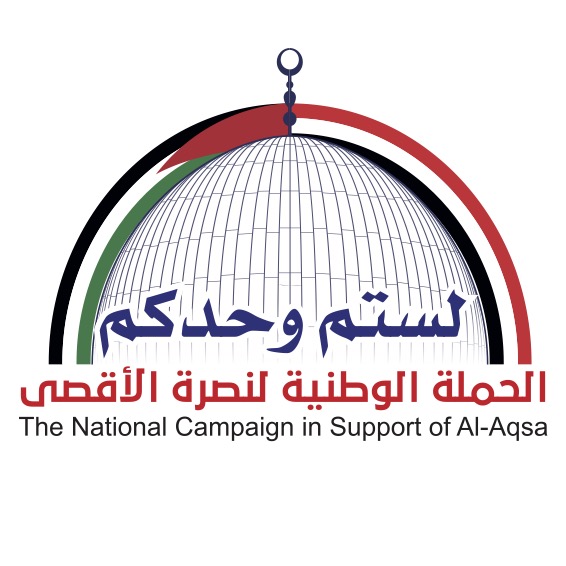SANAA, Dec. 23 (Saba) – Sanaa, city, capital of Yemen, it is situated at the western foot of Mount Nuqum, at an elevation of more than 7,200 feet (2,200 metres) above sea level, in the western part of the country. Sanaa has for many centuries been the chief economic, political, and religious centre of the Yemen Highlands, the city’s name means “fortified place."
Situated in a mountain valley at an altitude of 2,200 m, Sana’a has been inhabited for more than 2,500 years, in the 7th and 8th centuries the city became a major centre for the propagation of Islam, this religious and political heritage can be seen in the 103 mosques, 14 hammams and over 6,000 houses, all built before the 11th century. Sana’a’s many-storeyed tower-houses built of rammed earth.
Sana’a city in Yemen is one of the oldest cities in the worlds, which has different forms of building built with different types of materials.
Sanaa is one of the oldest continuously inhabited cities in the world, according to Yemeni legend, it was founded by Shem, one of the three sons of Noah, it occupies the site of the ancient pre-Islamic stronghold of Ghumdān, which may date to the 1st and 2nd century BCE.
Sanaa was an Arabian centre for Christians and Jews before it was converted to Islam by ʿAlī, fourth caliph and son-in-law of the Prophet Muhammad, in 632 CE.
From the dawn of Islam (ca. 622 CE) until the founding of independent sub-states in many parts of the Yemen Islamic Caliphate, Sana'a persisted as the governing seat, the Caliph's deputy ran the affairs of one of Yemen's three Makhalifs: Mikhlaf Sana'a, Mikhlaf al-Janad and Mikhlaf Hadhramaut, the city of Sana'a regularly regained an important status and all Yemenite States competed to control it.
The Old City of Sana'a is defined by an extraordinary density of rammed earth and burnt brick towers rising several stories above stone-built ground floors, strikingly decorated with geometric patterns of fired bricks and white gypsum. The ochre of the buildings blends into the bistre-colored earth of the nearby mountains, within the city, minarets pierce the skyline and spacious green bustans (gardens) are scattered between the densely packed houses, mosques, bath buildings and caravanserais.
The houses and public buildings of Sana'a, which have become vulnerable as a result of contemporary social changes, are an outstanding example of a traditional, Islamic human settlement.
Also, the architects tend to use playful elements in their architecture, adding a note of humor to the experience. In 2010, SANAA was awarded the highest honor in architecture, the Pritzker Prize.
In 2004, SANAA received a Golden Lion at the Venice Biennale for 21st Century Museum of Contemporary Art.
Described by historians, geographers and scholars of the early Islamic and medieval eras, Sana'a is associated with the civilizations of the Bible and the Koran.
Sana'a is directly and tangibly associated with the history of the spread of Islam in the early years of the Hegira, the Great mosque of Sana'a, built in year 6 of Hegira, is known as the first mosque built outside Mecca and Medina.
The Old City of Sana'a has contributed to and played a major role in Yemeni, Arab and Islamic World history through the contributions of historical Yemeni figures including Al Hassan B. Ahmed Al Hamdany, Ahamed Al Razy and Al Shawkany.
The old city is surrounded by a massive wall 20–30 feet (6–9 metres) high, pierced by numerous gates, most notable architecturally is the Yemen Gate (Bāb al-Yaman.)
The old souks (Arabic suqs, marketplaces) begin at Bāb al-Yaman and extend northward past the Great Mosque, the area is called Sūq al-Milh (Salt Market) but consists of many smaller souks selling a wide variety of goods.
One of the most popular attractions is Suq al-Milh (Salt Market), where it is possible to buy salt along with bread, spices, raisins, cotton, copper, pottery, silverware, and antiques.
A commercial area of the Old City is known as Al Madina where development is proceeding rapidly, in addition to three large hotels, there are numerous stores and restaurants, the area also contains three parks and the President's palace.
Northwest of the old city is the former summer palace of the imam, perched on a steep rock outcrop overlooking the Wadi Dharr, the garden suburb of Rawḍah, due north of Sanaa, has a fine mosque in the Moorish style.
Sana'a features the very rare mild version of a semi-arid climate Sana'a sees on average of precipitation per year. However, due to its high elevation, temperatures are much more moderate than many other cities on the Arabian Peninsula.
Average temperatures remain relatively constant throughout the year in Sana'a, with its coldest month being January and its warmest month July, Even considering this, as a result of its lower latitude and higher elevation, UV radiation from the sun is much stronger than in the hotter climates farther north on the Arab peninsula.
The city seldom experiences extreme heat or cold. However, some areas around the city can see temperatures fall to around −9 °C or −7 °C during winter.
Frost usually occurs in the early winter mornings, and there is a slight wind chill in the city at elevated areas that causes the cold mornings to be bitter, including low humidity.
Historically, Sana'a had a mining industry, the hills around Sana'a were mined for onyx, chalcedony, the city was also known for its metalwork.
As the capital city of Yemen, 40% of jobs in Sana'a are in the public sector. Other primary sources of formal employment in the city are trade and industry.
Written by Mona Zaid
Saba

| more of (Tourism) |




